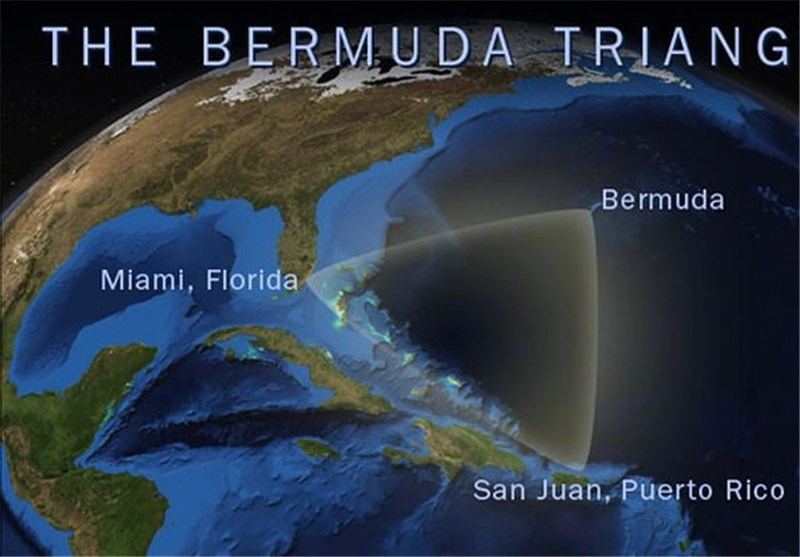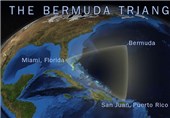Sea Bed Gas Blasts Could Explain Bermuda Triangle
TEHRAN (Tasnim) – A discovery of giant underwater craters at the bottom of Barents Sea could offer a viable explanation to the disappearance of ships in the Bermuda Triangle.
Scientists have found craters up to half a mile wide and 150ft deep, believed to have been caused by build-ups of methane off the coast of natural gas-rich Norway.
The methane would have leaked from deposits of natural gas further below the surface and created cavities which finally bursts, scientists say.
“Multiple giant craters exist on the sea floor in an area in the west-central Barents Sea ... and are probably a cause of enormous blowouts of gas,” said researchers from the Arctic University of Norway told the Sunday Times.
“The crater area is likely to represent one of the largest hotspots for shallow marine methane release in the Arctic.”
The explosions causing the craters to open up could potentially pose risks to vessels travelling on Barents Sea, scientists say.
According to the experts, it could also possibly explain the loss of ships and aircraft in the controversial area referred to as the Bermuda Triangle, the Daily Mail reported.
The area stretches from the British Overseas Territory in the North Atlantic Ocean to the Florida coast, to Puerto Rico.
Russian scientist Igor Yeltsov, the deputy head of the Trofimuk Institute, said last year, “There is a version that the Bermuda Triangle is a consequence of gas hydrates reactions.
“They start to actively decompose with methane ice turning into gas. It happens in an avalanche-like way, like a nuclear reaction, producing huge amounts of gas.
“That makes the ocean heat up and ships sink in its waters mixed with a huge proportion of gas.”






